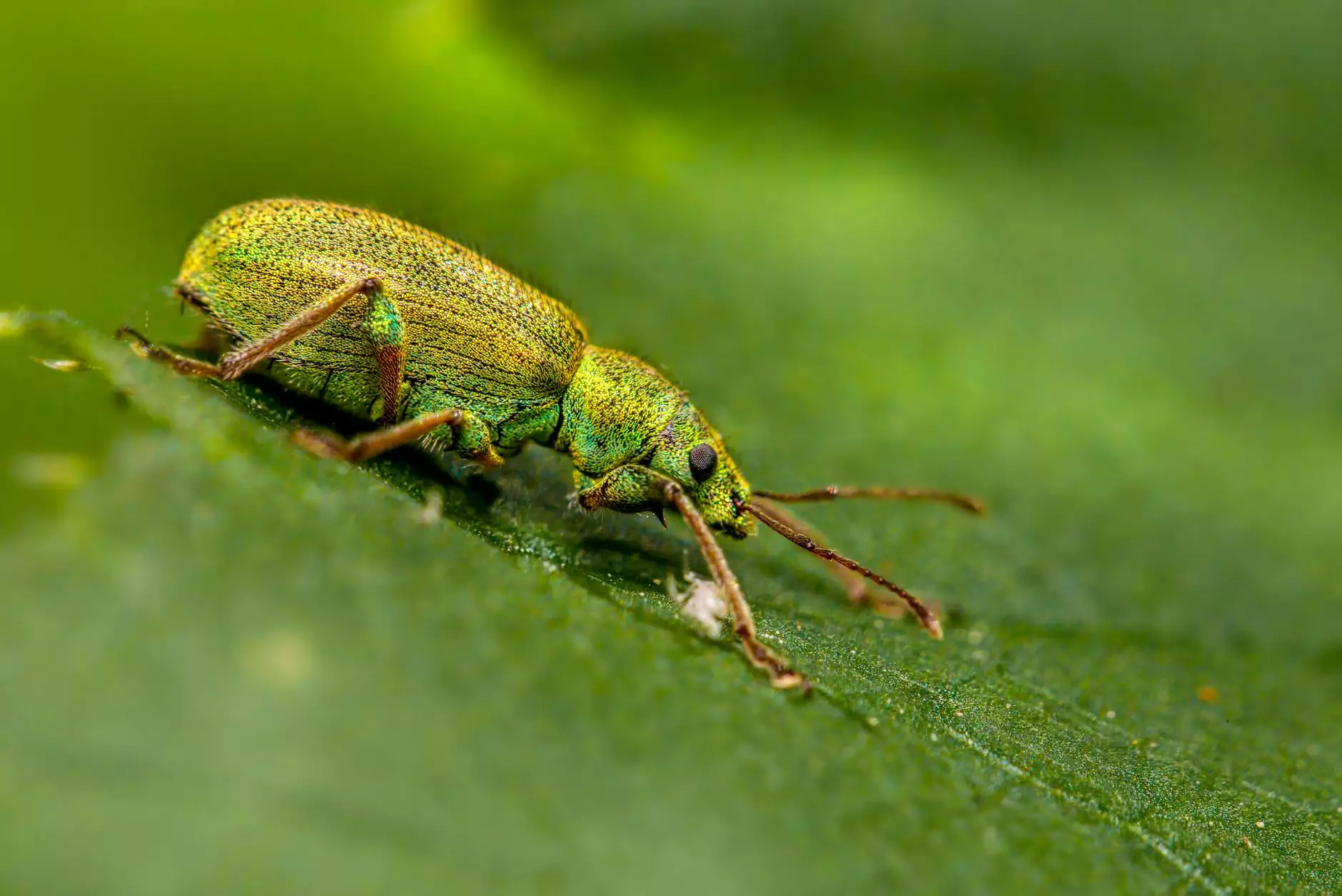Effective Wheat Weevil Control Strategies for Farmers

Understanding the Wheat Weevil
Wheat weevils (Sitophilus granarius) are common pests that significantly affect grain storage and farming. These tiny insects can cause substantial damage to stored grains, particularly wheat, by burrowing into the grain and hollowing it out. Recognizing and controlling these pests is crucial for maintaining the quality of your crop and maximizing yields.
Symptoms of Wheat Weevil Infestation
Identifying an infestation early can be the difference between a minor problem and substantial crop loss. Here are some common signs:
- Presence of holes: Tiny holes in grains indicate weevil activity.
- Frass accumulation: The presence of powdery frass (insect droppings) around your grain storage.
- Adult weevils: Adult weevils are usually small and have an elongated snout, making them easily identifiable.
- Damaged grains: Check for grain that is hollowed out or discolored.
Effective Control Methods for Wheat Weevil
Controlling wheat weevil infestations involves a combination of preventive measures and corrective actions. Here are some strategies to consider:
1. Preventive Measures
Prevention is the first line of defense against wheat weevils. Implementing the following steps can significantly reduce the risk of infestation:
- Proper Storage Conditions: Store wheat in a cool, dry place. High humidity levels can attract weevils.
- Regular Inspections: Conduct routine checks on stored grains for any signs of pests.
- Clean Storage Areas: Ensure storage bins and silos are clean and free of debris and leftover grain, which can harbor weevils.
- Pest-Proof Containers: Use airtight containers that are well-sealed to prevent weevil entry.
- Temperature Control: Keep storage areas at low temperatures to inhibit weevil development.
2. Physical Control Methods
Physical control strategies involve eliminating weevils and reducing their populations without the use of chemical treatments. Here’s how:
- Freezing: Expose infested grains to freezing temperatures for several days to kill weevils and their eggs.
- Heat Treatment: Heat infested grain to above 130°F (54°C) for a sufficient duration to eradicate weevils.
- Vacuuming: Use a vacuum to remove adult weevils and frass from storage facilities and equipment.
3. Chemical Control Methods
If infestations become severe, chemical treatments may be necessary. However, these should be used cautiously and as a last resort. Here are options to consider:
- Insecticides: Apply insecticides specifically formulated for grain weevils; always follow label instructions for safety.
- Fumigation: In cases of severe infestation, consider fumigating storage areas to eliminate weevil populations.
Integrating Wheat Weevil Control into Farm Equipment Maintenance
At TSGC Inc., we understand that having well-maintained farming equipment is critical when it comes to effective pest control. Here are ways to ensure your equipment supports wheat weevil management:
- Regular Cleaning: Clean your machinery after every use to prevent weevils from spreading.
- Routine Inspections: Regularly check the mechanical components for any signs of infestations or damage that could harbor pests.
- Professional Maintenance: Schedule maintenance with our expert team to ensure that your equipment is in optimal working condition.
The Role of Technology in Wheat Weevil Control
Modern technology offers innovative solutions for controlling pests like the wheat weevil. Explore these technological advancements:
- Automated Monitoring Systems: Implement systems that monitor grain conditions and pest activity in real-time.
- Data Analysis: Use software to analyze infestation patterns and optimize control strategies.
- Smart Sensors: Employ sensors that trigger alerts when temperature or humidity levels rise, helping preemptively manage potential infestations.
Best Practices for Wheat Weevil Control in Farming
To develop an effective wheat weevil control program, consider these best practices:
- Conduct Regular Training: Educate staff about pest identification and control measures.
- Maintain Comprehensive Records: Document pest control measures and outcomes for continuous improvement.
- Evaluate and Adjust Strategies: Regularly assess the effectiveness of control measures and make necessary adjustments.
- Engage Expert Services: Work with professionals who can offer tailored advice and pest control services.
Conclusion
Effective wheat weevil control is essential for every farmer aiming to protect their grain and maximize yield. By implementing proactive measures, utilizing technology, and ensuring proper equipment maintenance, you can significantly reduce the risk of infestation. At TSGC Inc., we are committed to supporting farmers with the best practices, expert advice, and high-quality farming equipment to ensure a successful harvest. Stay vigilant, act promptly, and don’t let the wheat weevil be a threat to your farming operation.









